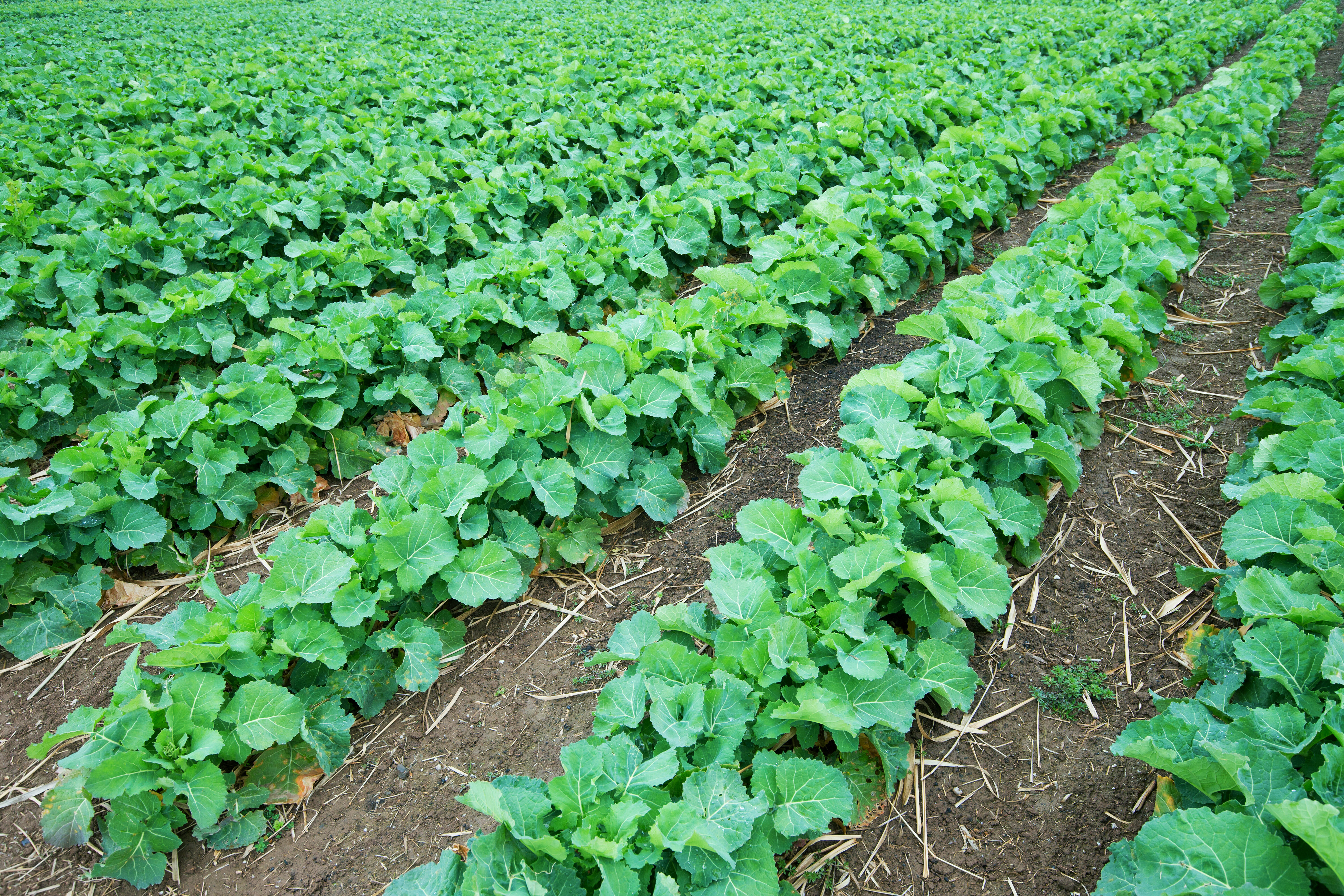






(Unit/t of production)
(Unit/t of production)
N
70
43
Very Sensitive
P2O5
14.6
12.5
Sensitive
K2O
25.1
8.5
Very Sensitive
MgO
4.3
3.5
Sensitive
SO3
18
7.1
Very Sensitive
TE
500-1000g/ha boron (B), splitted and combined with pesticides in autumn and spring; 15-25g/ha molybdenum (Mo)
The right fertilization strategy:
Rapeseed needs its nutrients in stages. Therefore, it is recommended to split it into at least three applications. A strong root system, optimal, not too vigorous autumn growth (>1cm root neck diameter and 8-12 leaves), uninterrupted and lush spring growth between shoots and the beginning of flowering, and a harmonious nutrient- and water supply from the beginning of flowering to the end of maturity are important yield determining factors.
The yield parameters of rapeseed:
Autumn fertilization - the most important fertilization
Rapeseed already needs a third of its nutrients in autumn. Factors that determine a good yield (flowers on the side shoots) are already created in autumn. Ideally, the plant consists of 8-12 leaves before the dormant period and has a strong tap root (>1cm root neck diameter). The tap root is functionally important for regeneration in spring, to start growth as soon as possible. Good winter hardiness is ensured by a sufficient supply of potassium. Rapeseed can also be fertilized in autumn with nitrogen, regardless of the preceding crop and sowing date. If some crop residue from the harvest of the preceding crop has not yet been decomposed, the soil is often not able to supply enough nitrogen. Too much nitrogen can cause the stock to grow too much, which leads to a lifting of the vegetation cone (meristem) of the plant and thus to a massive reduction in winter hardiness.
First application in spring

Second application in spring

LAT Nitrogen Austria GmbH
St.-Peter-Strasse 25
4021 Linz, Austria















